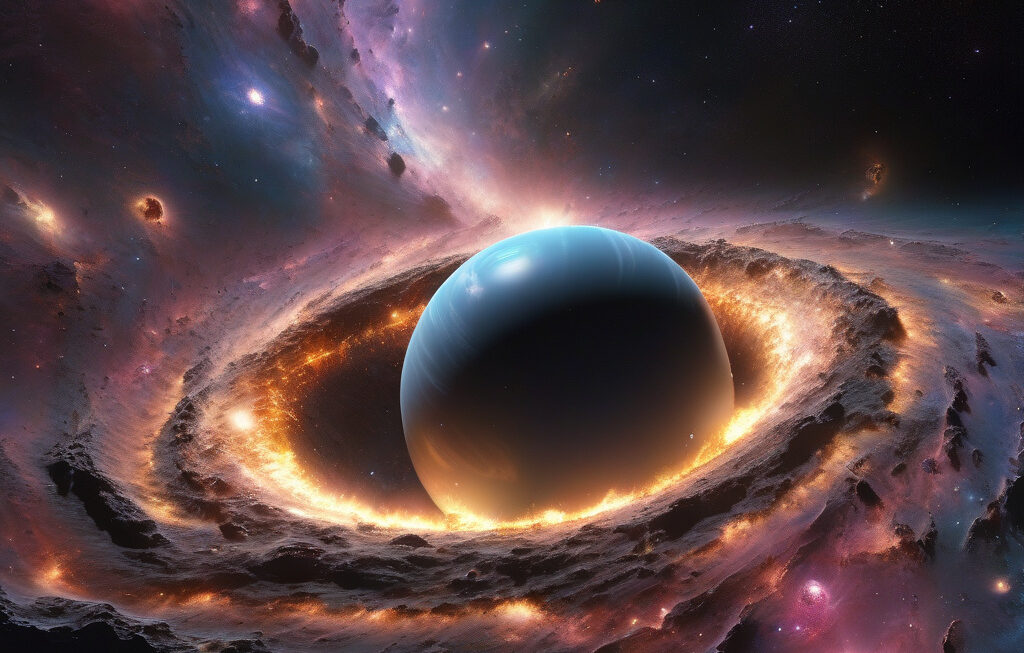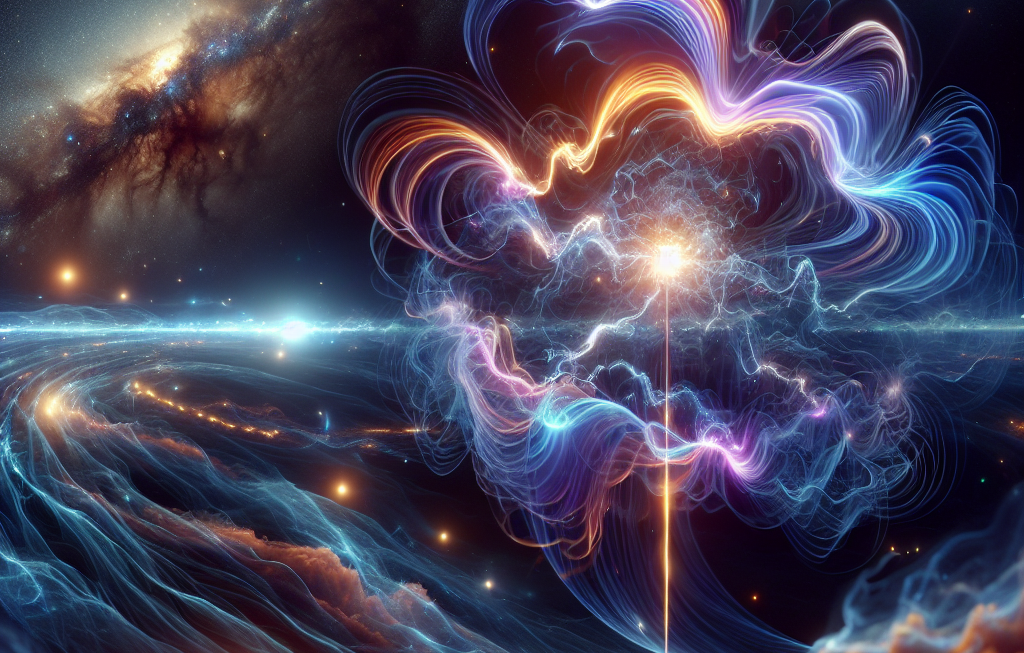Big Bang’s hot secret: Here’s how first microseconds of early universe behaved
The origins of our universe have long fascinated and puzzled scientists and enthusiasts alike. The prevailing theory, the Big Bang, suggests that everything we see around us, from the vast galaxies to the smallest particles, originated from a superhot quark-gluon plasma. This incredibly dense and hot state of matter existed in the first microseconds of the universe’s existence, offering a glimpse into the chaotic and dynamic nature of the early cosmos.
Quarks and gluons are the fundamental building blocks of protons and neutrons, which form the nuclei of atoms. However, in the extreme conditions of the early universe, these particles roamed freely in a hot soup-like state known as quark-gluon plasma. Understanding the behavior of this primordial substance provides crucial insights into the evolution of the universe as we know it today.
Researchers have recreated quark-gluon plasma in high-energy particle colliders, such as the Large Hadron Collider (LHC) at CERN. By smashing heavy ions together at near-light speeds, scientists can briefly recreate the intense energy levels present in the early universe. The fleeting moments of quark-gluon plasma produced in these collisions offer a tantalizing glimpse into the conditions that prevailed shortly after the Big Bang.
Studying quark-gluon plasma not only sheds light on the early universe but also helps us understand the properties of nuclear matter under extreme conditions. The insights gained from these experiments have far-reaching implications for nuclear physics, astrophysics, and our understanding of the fundamental forces that govern the universe.
One of the key findings from studying quark-gluon plasma is the remarkable fluid-like behavior exhibited by this exotic state of matter. Instead of behaving like a gas of individual particles, quark-gluon plasma flows like a nearly perfect liquid, with minimal viscosity and resistance to flow. This unexpected discovery challenges traditional models of how matter behaves under extreme conditions and has sparked new avenues of research in theoretical and experimental physics.
Moreover, the study of quark-gluon plasma has provided valuable insights into the strong force, one of the four fundamental forces of nature. This force, which binds quarks together to form protons and neutrons, is responsible for the stability of matter as we know it. By probing the behavior of quark-gluon plasma, scientists can unravel the mysteries of the strong force and its role in shaping the universe.
In conclusion, the study of quark-gluon plasma offers a fascinating glimpse into the early moments of the universe and the exotic states of matter that existed shortly after the Big Bang. By recreating these extreme conditions in particle accelerators, scientists can unravel the secrets of the cosmos and deepen our understanding of the fundamental forces that govern the universe. As we continue to push the boundaries of our knowledge, the hot secret of the Big Bang’s first microseconds reveals the dynamic and ever-evolving nature of our universe.
Big Bang, early universe, quark-gluon plasma, cosmic evolution, fundamental forces












